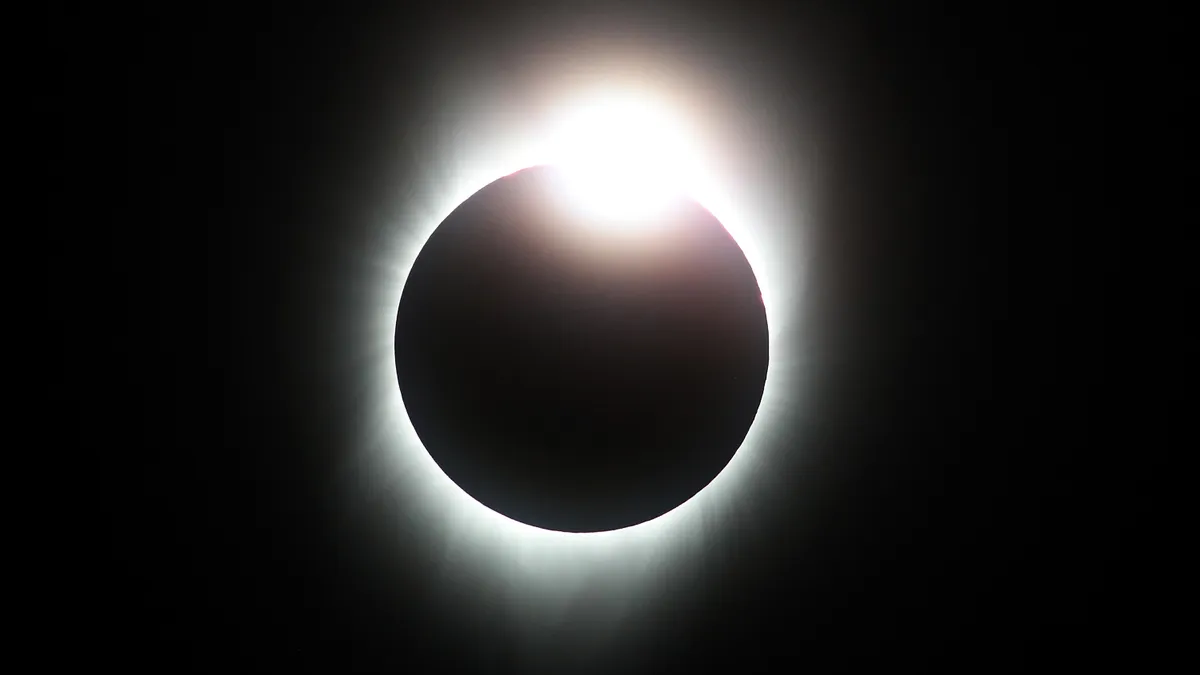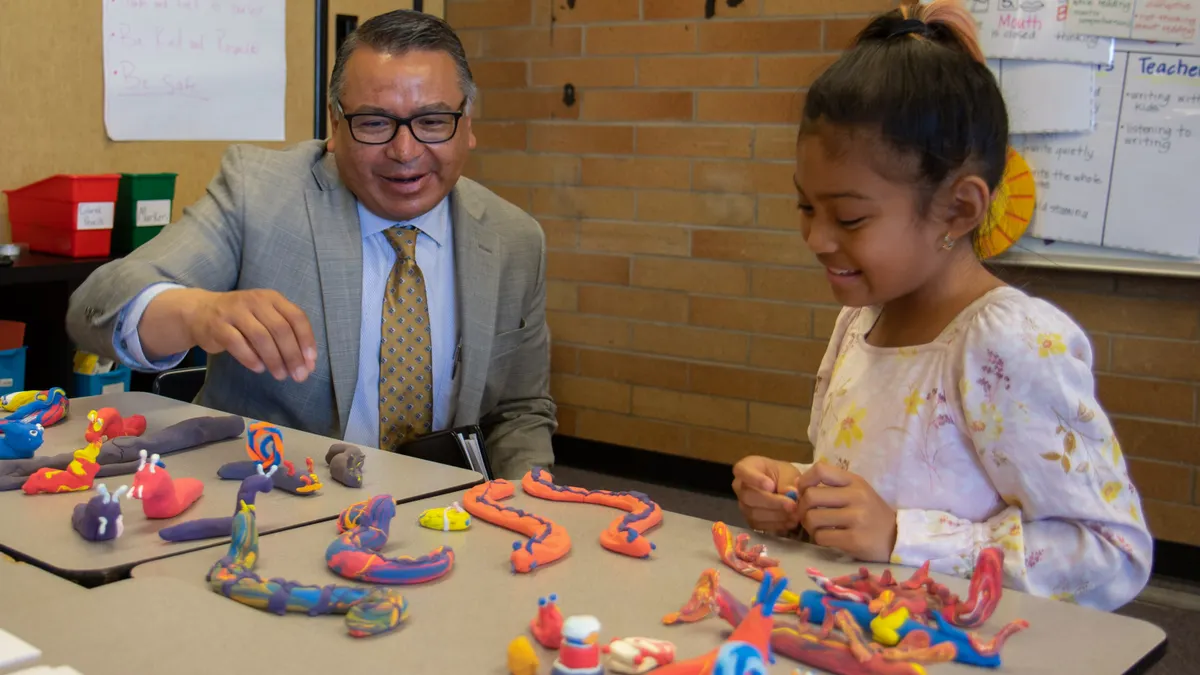Safety concerns are prompting hundreds of schools across the United States to close classrooms or alter their school day on Monday, April 8, when multiple states from Texas to Maine will be in the path of a total solar eclipse. Schools in at least 13 affected states — plus others nearby — are closing, dismissing early or operating virtually. Among those states are:
- Texas
- Oklahoma
- Arkansas
- Missouri
- Kentucky
- Illinois
- Indiana
- Ohio
- Pennsylvania
- New York
- Vermont
- New Hampshire
- Maine
Tourism and safety concerns
Texas' Hays Consolidated Independent School District is in the eclipse's expected path of totality where the sky will darken in early afternoon there when the moon passes between the sun and Earth. The district had initially planned to keep its doors open and purchased eclipse glasses for all students and staff.
However, the district ultimately decided to cancel classes at the request of county and emergency management officials. It is now sending glasses home with students in addition to activities and assignments related to the eclipse.
Tim Savoy, the district's chief communication officer, said the region is expected to see a large influx of tourism, putting a strain on emergency response personnel required for traffic control and other crowd management.
Because first responders will be stretched thin, any potential emergencies on school campuses that day would likely have a delayed response. In addition, school buses and related traffic could contribute to road congestion, Savoy said.
Emergency management offices and tourism planning also prompted Liverpool Central School District in New York to close on April 8.
"With the extra added traffic and number of events being planned for the area, the district was concerned about safely transporting students to and from school that day, especially if emergency management offices need to focus on the influx of visitors and traffic," said the district in a note to families shared with K-12 Dive. "Most districts in the area have chosen either to dismiss early or close completely that day."
New York students will be able to view the eclipse around 3:20 p.m. EDT, coinciding with dismissal for most Liverpool students. Because most students would be headed home from school at that time, it could "not provide them with the necessary protection," the note said.
Schools outside direct path make plans
Some schools even outside of the direct path of the eclipse are canceling classes.
In New Jersey's Livingston Public Schools, which will see a partial solar eclipse, Superintendent Matthew Block announced an early dismissal for April 8 after consulting with the district physician and after multiple community members expressed concerns.
"Unless children are properly supervised, they could be drawn to look at the eclipse, and would likely do so that day at dismissal," said Block to parents in a March 6 letter. "Without the proper equipment, this can cause damage to their eyes."
Others have taken a varied approach. In New Jersey's Boonton Township, pre-K-8 Rockaway Valley School is allowing 5th-8th grade students to stay after school with parental permission to view the eclipse using a solar telescope provided by the school.
In Michigan, Pickford Public Schools, which only has one school, is organizing a watch party on its football field, where science teachers will discuss the significance of the event. It’s also selling T-shirts and solar glasses leading up to the event.
Guidance from states
Some states have even weighed in on eclipse day plans.
In Indiana, the state Senate urged the Indiana Department of Education to announce April 8 as an e-learning day. The state Department of Education, in turn, said on its website it "is collaborating with state and national partners to support local schools as we work to ensure the safety of all students, while also maximizing this STEM learning opportunity."
Ohio's Department of Education and the Workforce took a slightly different approach and gave districts and schools factors to consider when deciding April 8 plans, including how to handle unusual situations like tourists or community members using a school campus as a viewing site.
Other factors to consider include limited cellphone service and internet bandwidth and whether schools would provide protective eyewear for students, per the department website.
"There are several factors that districts and schools should consider when finalizing plans for April 8, 2024," said the department. "The event is expected to draw large numbers of tourists to Ohio, particularly at or near the centerline of totality."






 Dive Awards
Dive Awards















